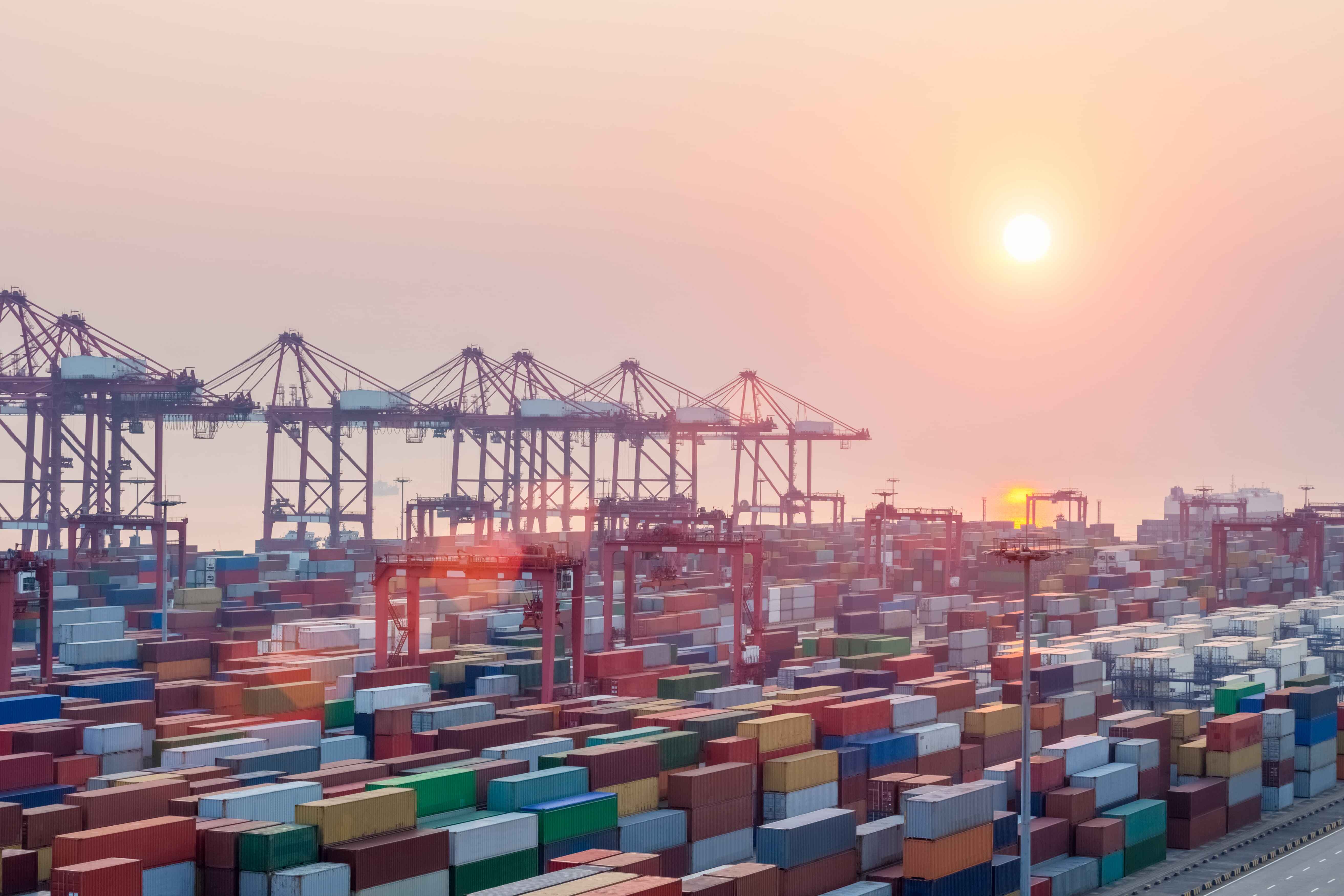Market Trends
Why a Current Account Deficit Is Good for India
Hearing "Current Account Deficit" (CAD) in economic discussions is usually met with concern and negativity. Yet, this seemingly ominous term doesn’t always mean bad news, especially for a country like India, which has a CAD of $23.2 billion (or 0.7% of GDP) in the fiscal year 2024. Surprisingly, a CAD can actually signify a thriving and dynamic economy.
Understanding Current Account Deficit
A current account deficit occurs when a country’s total imports of goods, services, and transfers exceed its total exports. This means that the country spends more on foreign trade payments than its earnings, creating a need to borrow from foreign sources to make up the difference. While this might sound alarming, it is essential to understand the context and reasons behind the deficit.
Reasons a Current Account Deficit Can Be Beneficial
- Economic Growth and Investment
CAD is an indicator of high investments in the economy. When a country imports more than it exports, it is often because it is investing in capital goods that will boost future production. In the Indian context, this means importing machinery, technology, and other inputs crucial for industrial growth and development.
In the fiscal year 2022-2023, India’s gross fixed capital formation (GFCF), which represents investment in physical assets, was around 30% of GDP. This high level of investment is the foundation for increased productivity and global competitiveness and, by extension, a positive indicator of future economic growth.
- Consumer Demand and Living Standards
CAD can also indicate strong consumer demand and improving living standards. As incomes rise, a growing middle class with greater buying power tends to spend more on imported goods and services, which can contribute to a deficit..
In 2022-23, India’s per capita income was estimated to be around ₹98,374, up from ₹72,805 in 2014-15. In the same period, India’s CAD rose from $38.7 billion or 1.2% of GDP to $67 billion or 2% of GDP. This increase in income has led to higher demand for a variety of goods, including electronics, automobiles, and luxury items, many of which are imported.
The rising demand for imports is a sign of economic prosperity and an improving standard of living for the Indian population.
- Foreign Direct Investment (FDI)
Another important aspect to consider is the role of foreign direct investment (FDI) in financing the current account deficit. India has been a major recipient of FDI, which helps to bridge the gap between imports and exports. In the fiscal year 2023-2024, India attracted $70.95 billion in FDI, making it one of the top destinations for foreign investment.
FDI brings capital, technology, expertise, and access to international markets. This influx of foreign investment supports economic growth and development, creating jobs and boosting productivity.
- Exchange Rate Dynamics
A current account deficit skews the exchange rate in the economy. India’s trade deficit pushed USD-INR from 78.6 in 2022 to 83.2 in 2024, making exports more competitive.
This depreciation of the Indian rupee made Indian goods and services more affordable in the global market, increasing exports from $669.65 billion in 2021-22 to $776.4 billion in 2022-23.
- Structural Reforms and Economic Diversification
The presence of a current account deficit can thus act as a catalyst for positive economic changes. Policymakers are motivated to implement reforms that enhance productivity and competitiveness. These reforms can include improving infrastructure, streamlining regulations, and promoting innovation.
India has undertaken several structural reforms in recent years, such as the Goods and Services Tax (GST), the Insolvency and Bankruptcy Code (IBC), and the Make in India initiative. These reforms aim to create a more business-friendly environment, attract investment, and boost manufacturing and exports.
- Global Integration and Trade Partnerships
While CAD is looked down upon, it can also signify greater global integration and stronger trade partnerships. By importing goods and services, India is engaging more with the global economy, which can lead to increased trade and investment opportunities.
India has been actively pursuing trade agreements to enhance its global economic presence. It is a member of the Regional Comprehensive Economic Partnership (RCEP) and has bilateral agreements with countries like Japan, South Korea, and the UAE. These agreements boost trade, investment, and economic growth.
Managing the Risks of Current Account Deficit
The benefits of the current account deficit notwithstanding, it is essential to manage the associated risks. A large and persistent deficit can lead to external debt accumulation and vulnerability to global economic shocks.
Therefore, it is crucial to ensure that the deficit is financed through sustainable means, such as FDI and long-term capital inflows, rather than short-term borrowing.
Conclusion
In essence, India’s current account deficit for India is not necessarily a cause for alarm. On the contrary, it can be a positive sign of economic growth, increased investment, rising consumer demand, and deeper global integration. By importing capital goods, attracting substantial FDI, and actively participating in international trade, India is setting the stage for long-term economic success.
